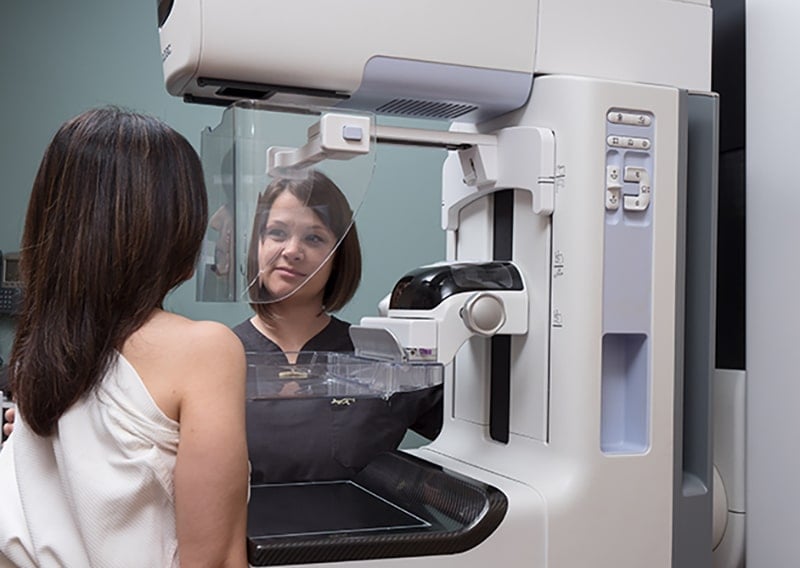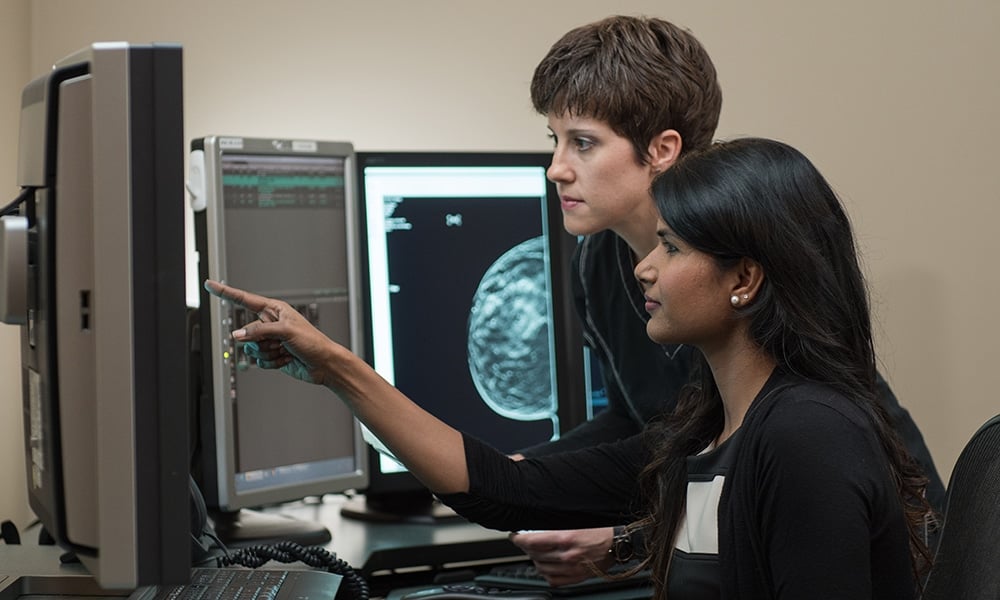Breast Imaging
We welcome you to ARA Diagnostic Imaging and our full range of breast medical imaging. While 1 in 8 women will be diagnosed with breast cancer during their lifetime, there is plenty of good news.
98%
98% of women will survive breast cancer when it's detected early by a mammogram.
43%
There has been a 43% drop in breast cancer death rates from 1989 to 2020, due to screening mammograms, awareness, and better treatments.
13
ARA offers 3D mammography at 13 locations across Central Texas, so there's a convenient location near your home or workplace.

Start your annual mammograms at age 40.
The most breast cancer deaths are prevented and lives are saved when mammograms are performed annually beginning at age 40. Learn more about mammography at the Society of Breast Imaging’s End the Confusion site.


ARA's radiologists are experts in breast imaging techniques.
Our breast imaging radiologists work to care for you by identifying cancer in its earliest stages. Through digital mammography, ultrasound, and MRI, these experts diagnose cancer in its multiple forms and can also do minimally invasive biopsies using image-guided techniques.

XXX
ARA Breast Imaging Program seeks to serve the medical imaging needs of Central Texas with:
- A full diagnostic service that goes beyond the screening mammogram to diagnostics and biopsy.
- The convenience of many locations, including four dedicated breast imaging centers.
- Experienced radiologists who specialize in multiple forms of breast imaging and biopsy.
- A complete range of imaging available to your whole family for your lifetime.
To help you understand your risk for breast cancer and discuss it with your doctor, you can use the Breast Cancer Risk Assessment Tool developed by the National Cancer Institute of the National Institutes of Health.
 Back to Top
Back to Top